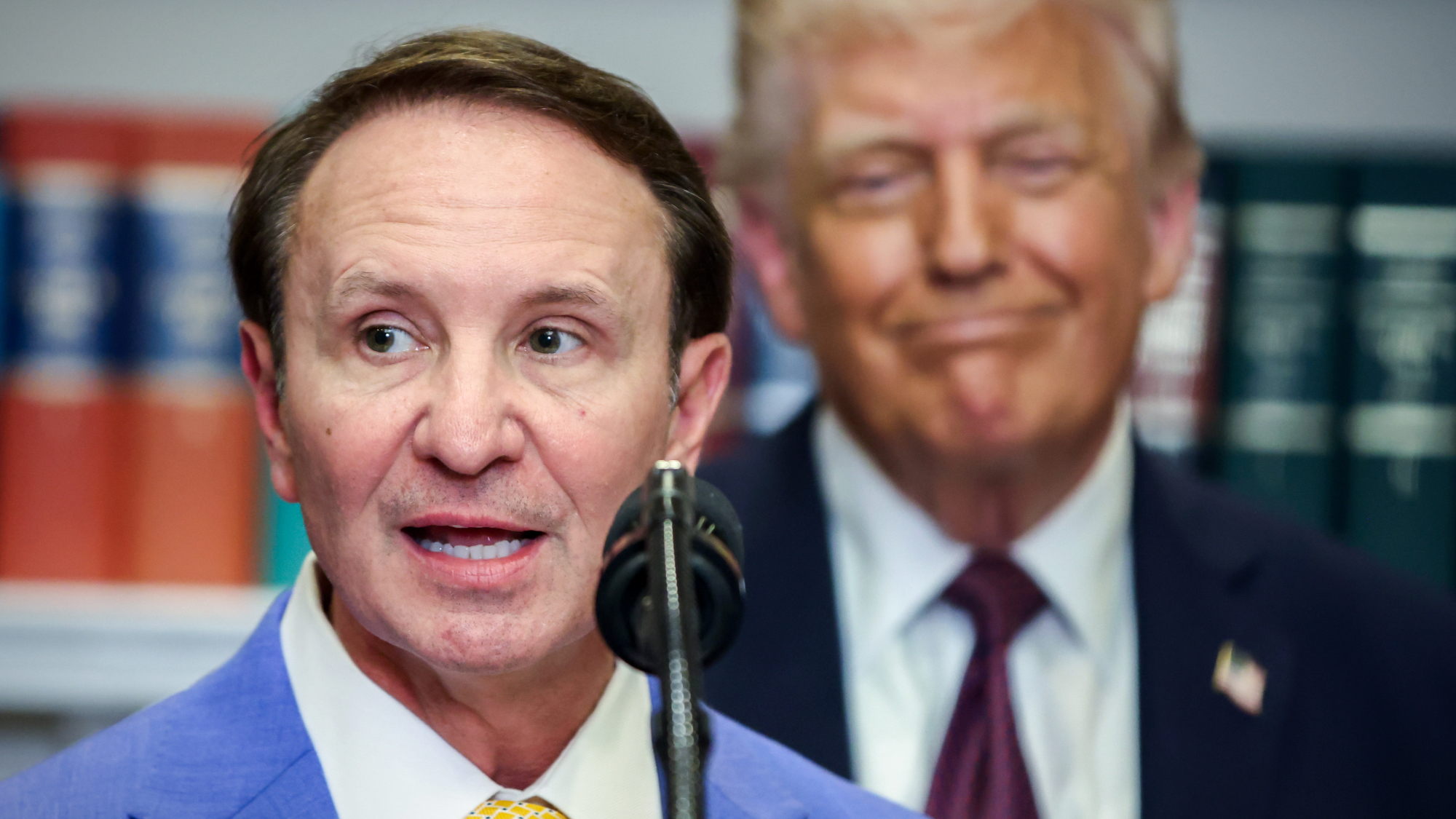Savings: Is there any good place to stash your cash?
The U.S. savings rate is the highest it’s been since the early 1990s. What savings products offer the best interest rates?
Thanks to the government’s “giant stimulus program,” many Americans seem to be feeling a little better about their finances, said Mark Trumbull in The Christian Science Monitor. Despite rising unemployment, personal incomes still rose 1.6 percent in May, according to the Commerce Department. But instead of heading back to the mall with that money, most Americans are making a beeline for the bank. The U.S. savings rate recently reached 7 percent of disposable income—the highest it’s been since the early 1990s. In the short term, such penny-pinching could delay economic recovery by suppressing demand. But in the long run it’s a good thing. “It means families are working to reduce high debt levels, rebuild retirement accounts, and be better prepared for financial emergencies.”
Unfortunately, interest rates on most savings products are currently “lower than an ant’s basement,” said John Waggoner in USA Today. Interest on savings accounts typically tracks the Federal Reserve’s funds rate, and right now that’s hovering between zero and 0.25 percent—its lowest level ever. One-year bank CDs are a slightly better option, recently yielding about 2 percent on average. Think twice, though, before committing to any period longer than that. “Short maturities give you the ability to reinvest so you can continue to stay ahead of inflation once rates and inflation perk up,” says Bankrate.com’s Greg McBride. Treasury Inflation-Protected Securities, or TIPS, are an attractive option over the longer term. Uncle Sam pays a fixed rate—recently 1.25 percent—plus an “inflation kicker.” If consumer prices go up, your principal will be supplemented.
A few banks are paying “decent interest” on checking and savings accounts, but you have to “play detective” to find them, said Daren Fonda in SmartMoney. Many smaller banks offer “rewards” checking accounts yielding 4 percent or higher in order to attract customers. “While big banks may ace the convenience test, they aren’t usually the place to go for the highest yields.” Of course, above-average rates often come with strings attached—such as a requirement that you enroll in their direct deposit program. You might also take a look at online banks, which tend to offer higher interest rates than the average bricks-and-mortar institution—but they usually aren’t the best solution for day-to-day banking. “There’s only so much banking you can do with the click of a mouse.”
The Week
Escape your echo chamber. Get the facts behind the news, plus analysis from multiple perspectives.

Sign up for The Week's Free Newsletters
From our morning news briefing to a weekly Good News Newsletter, get the best of The Week delivered directly to your inbox.
From our morning news briefing to a weekly Good News Newsletter, get the best of The Week delivered directly to your inbox.
A free daily email with the biggest news stories of the day – and the best features from TheWeek.com
-
 Decking the halls
Decking the hallsFeature Americans’ love of holiday decorations has turned Christmas from a humble affair to a sparkly spectacle.
-
 Whiskey tariffs cause major problems for American distillers
Whiskey tariffs cause major problems for American distillersIn the Spotlight Jim Beam is the latest brand to feel the pain
-
 Danes ‘outraged’ at revived Trump Greenland push
Danes ‘outraged’ at revived Trump Greenland pushSpeed Read